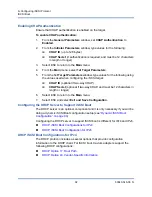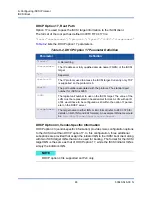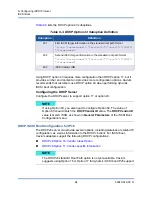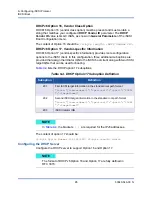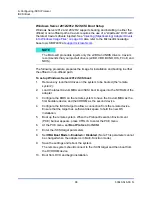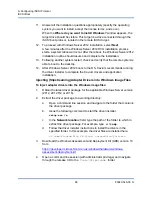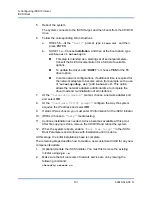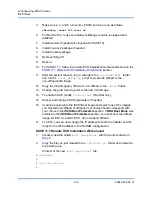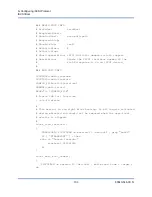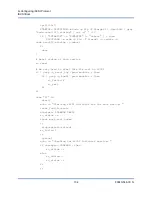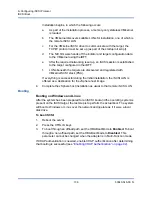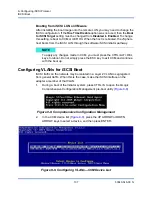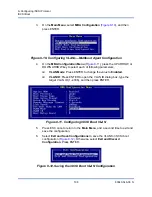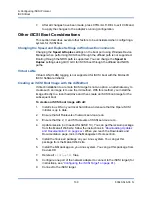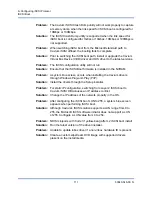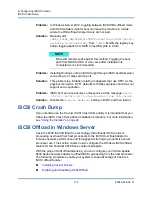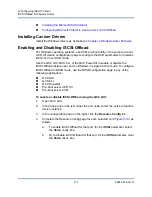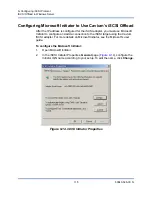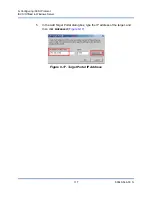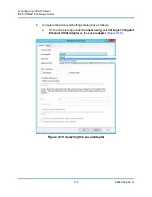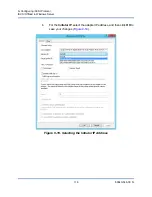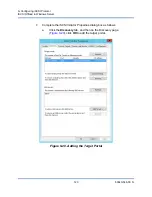
9–Configuring iSCSI Protocol
iSCSI Boot
106
83840-546-00 N
Installation begins, in which the following occurs:
a.
As part of the installation process, a memory-only stateless VMkernel
is loaded.
b.
The VMkernel discovers suitable LUNs for installation, one of which is
the remote iSCSI LUN.
c.
For the VMkernel iSCSI driver to communicate with the target, the
TCP/IP protocol must be set up (as part of the startup init script).
d.
The NIC firmware hands off the initiator and target configuration data
to the VMkernel using the iBFT.
e.
After the required networking is set up, an iSCSI session is established
to the target configured in the iBFT.
f.
LUNs beneath the targets are discovered and registered with
VMkernel SCSI stack (PSA).
If everything is successful during the initial installation, the iSCSI LUN is
offered as a destination for the vSphere host image.
4.
Complete the vSphere host installation as usual to that remote iSCSI LUN.
Booting
Booting on Windows and Linux
After the system has been prepared for an iSCSI boot and the operating system is
present on the iSCSI target, the last step is to perform the actual boot. The system
will boot to Windows or Linux over the network and operate as if it were a local
disk drive.
To boot iSCSI:
1.
Reboot the server.
2.
Press the CTRL+S keys.
3.
To boot through an offload path, set the HBA Boot Mode to
Enabled
. To boot
through a non-offload path, set the HBA Boot Mode to
Disabled
. This
parameter cannot be changed when the adapter is in Multi-Function mode.
If CHAP authentication is needed, enable CHAP authentication after determining
that booting is successful (see

